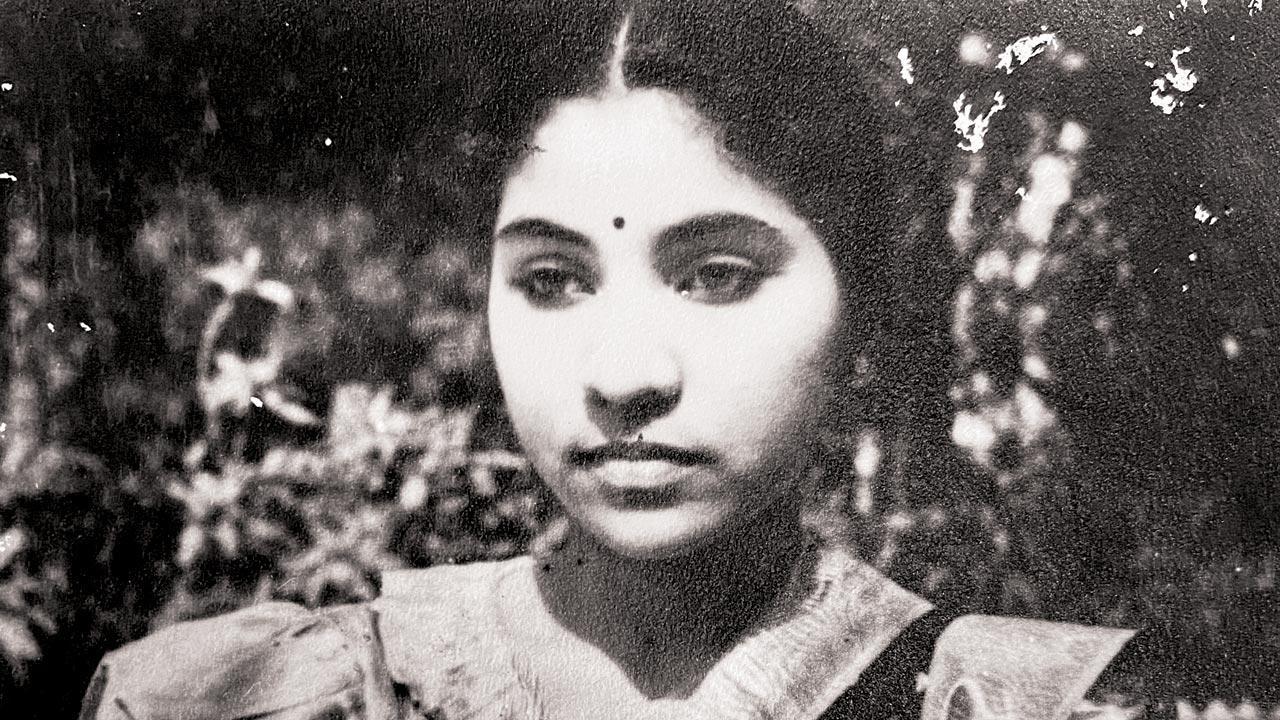Music producer Seetha Ratnakar’s new documentary chronicles the life and work of eminent folk artiste Vinjamuri Anasuya Devi who contributed significantly towards documentation of Andhra’s folk music

Vinjamuri Anasuya Devi used her classical music training to elevate and embellish folk songs
As a child, while travelling by bullock cart from Kakinada to the nearby villages, my mother would hear folk songs sung by people laying roads or working in the fields. She would stop and listen, and try to sing them. Later, as she began learning music, she started notating these songs. There were no available recordings back then and she developed a whole process of learning these songs on her own. She had a lot of respect for folk music and did not take liberties or force classicism into it,” Doordarshan dance and music producer Seetha Ratnakar tells us about eminent folk artiste Vinjamuri Anasuya Devi. She passed away in 2019 after a prolific career practising and promoting Andhra’s folk music through performances, recordings and publications.
ADVERTISEMENT
Asamana Anasuya, a new documentary directed by Ratnakar, chronicles this lifelong devotion that the singer and music composer, who was honoured with the Sangeet Natak Akademi Tagore Samman in 2012, held to songs of the earth. As Anasuya Devi says in the documentary, “I am forever indebted to those unknown, nameless folk musicians who generously gifted me so much knowledge.”
 Seetha Ratnakar
Seetha Ratnakar
At the India Habitat Centre in New Delhi last week, Ratnakar screened the documentary which she says Anasuya Devi herself had asked her to make. “She thought of archiving her work for posterity,” says the director. “She realised nobody’s going to archive her work. She had spent her money writing books, publishing them, preserving her work on gramophone records, on spools, cassettes and CDs, and wanted a documentary, so that even after 200 years, someone could play her songs on a piano or harmonium.” This, believes Ratnakar, was the artiste’s greatest contribution to the folk music of Andhra.
In 2008, Ratnakar recorded her mother’s sound bites and in the years following the COVID-induced lockdown, started working on the film in earnest. In the film, the artiste is introduced from the point of view of a harmonium, an instrument Anasuya Devi often referred to as her “life partner”. “I was looking for somebody who could introduce her, but I couldn’t find an elderly person who was an authority on the subject. I struggled till the thought of making the harmonium a protagonist came to me. I thought, since she’s speaking so highly of it, why don’t I have a harmonium talking?”
The film takes the viewer through Anasuya Devi’s life and work, from her early days as a child prodigy giving solo concerts for the radio and the stage, and duets with sister Vinjamuri Seetha Devi, to her recollections of songs sung before Mahatma Gandhi and Subhas Chandra Bose. It also chronicles the release of seven books of traditional, light and folk songs in Telugu, which included women’s and wedding songs, and verses by poet Devulapalli Krishna Sastri with musical notations by Anusuya Devi.
A range of singers, actors, dancers and journalists including the likes of SP Balasubrahmanyam, dancer Padma Subrahmanyam and actress Vyjayanthimala speak of their rewarding associations with Anasuya Devi. These segments are tied together with recordings of her songs, archival photographs and video footage of performances.
The film also touches upon more moving and personal details—the singer speaks of how she was called “Alankara Priya” because she liked dressing up, coloured her feet with alta and got kumkum from temples to fashion bindis; or how she had to take her children along to her performances as her husband didn’t like her leaving them behind, and being upset with music director Ilayaraja who used one of her tunes in the Telugu film Rakshasudu without giving her credit. “She wanted to be the first female music director in South India. But it was a very male dominated film industry in the 1950s. That was her big regret,” admits Ratnakar.
In the early 1960s, however, Anasuya Devi got to work on the music of Kannada film Mahathma Kabir. Ratnakar speaks about her mother’s expansive mind and open-mindedness about good music—she introduced her daughters to Mahalia Jackson by taking them to a concert—and dance. “What I admired the most about her was her indomitable spirit, her never say die attitude, and how she could rise out of any adversity like a phoenix.”
 Subscribe today by clicking the link and stay updated with the latest news!" Click here!
Subscribe today by clicking the link and stay updated with the latest news!" Click here!







